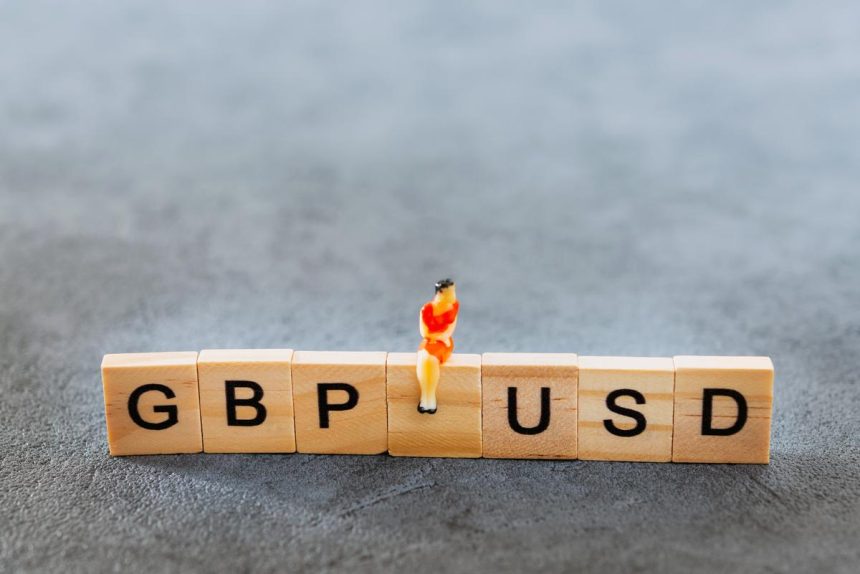Pound sterling rebounds to 1.2720 after recovering losses caused by dismal UK retail sales data.
In Friday’s London session, the Pound Sterling (GBP) climbed again above 1.2700 against the US Dollar (USD). Previously, the GBPUSD pair suffered severe pressure as the UK Office for National Statistics (ONS) published. A steep decline in Retail Sales data for April, while the US Dollar extended its rebound.
UK retail sales fell quicker than projected, implying a lackluster inflation outlook.
The ONS reported that monthly retail sales fell at a quicker rate of 2.3%. Investors expected economic data to impact decreased by 0.4% from the previous figure of -0.2%. Which was revised down from static performance. Annual retail sales fell by 2.7% after expanding at 0.4% in March. Which was revised down from 0.8%. Economists projected a 0.2% drop.
Retail sales figures reflect the current state of consumer spending. Which accounts for a significant portion of economic growth. A large fall in retail sales suggests that the Bank of England’s (BoE) higher interest rates have had a considerable impact on consumer spending. Retail sales data is a leading predictor of inflation expectations, and low levels indicate. That price pressures may lessen further. This could push the BoE to return to policy normalization sooner than previously anticipated.
Daily Market movers: Pound Sterling gains as the US dollar falls.
Despite negative economic data such as Retail Sales and the preliminary S&P Global/CIPS UK Purchasing Managers Index (PMI) data for May. Which were issued on Thursday, the pound sterling recovered to 1.2700. According to the agency, the Composite PMI fell quicker than expected to a two-month low of 52.8, down from predictions of 54.0 and a previous reading of 54.1.
The steep drop in the Composite PMI was driven by a dismal Services PMI. Which fell to a six-month low of 52.9 from the consensus of 54.7 and a previous reading of 55.0. The Manufacturing PMI climbed past the 50.0 level that distinguishes expansion from contraction, rising sharply to 51.3. Economists predicted that the factory PMI would have risen to 49.5 versus 49.1 in April.
Weak economic indicators have given a bleak image of the UK’s economic outlook, reigniting speculation that the BoE may begin lowering interest rates at the June meeting. Earlier this week, traders were certain that the BoE would begin decreasing interest rates in June, but a slower-than-expected decrease in the Consumer Price Index (CPI) data for April led them to reduce rate-cut bets.
Meanwhile, the US Dollar declines but maintains gains.
The US Dollar continues to rise, boosted by an upbeat preliminary PMI report for May.
The US Dollar Index (DXY), which tracks the value of the US dollar against six major currencies, is holding onto gains at the key resistance of 105.00 as uncertainty about when the Federal Reserve (Fed) would begin lowering interest rates grows.
The CME FedWatch tool indicates that traders see There is a 53% chance that interest rates will be lower than they are today at the September meeting. The chance has dropped from 64% a week ago, owing to Fed policymakers’ hawkish commentary on the interest rate outlook and surprisingly strong preliminary US PMI data in May.









